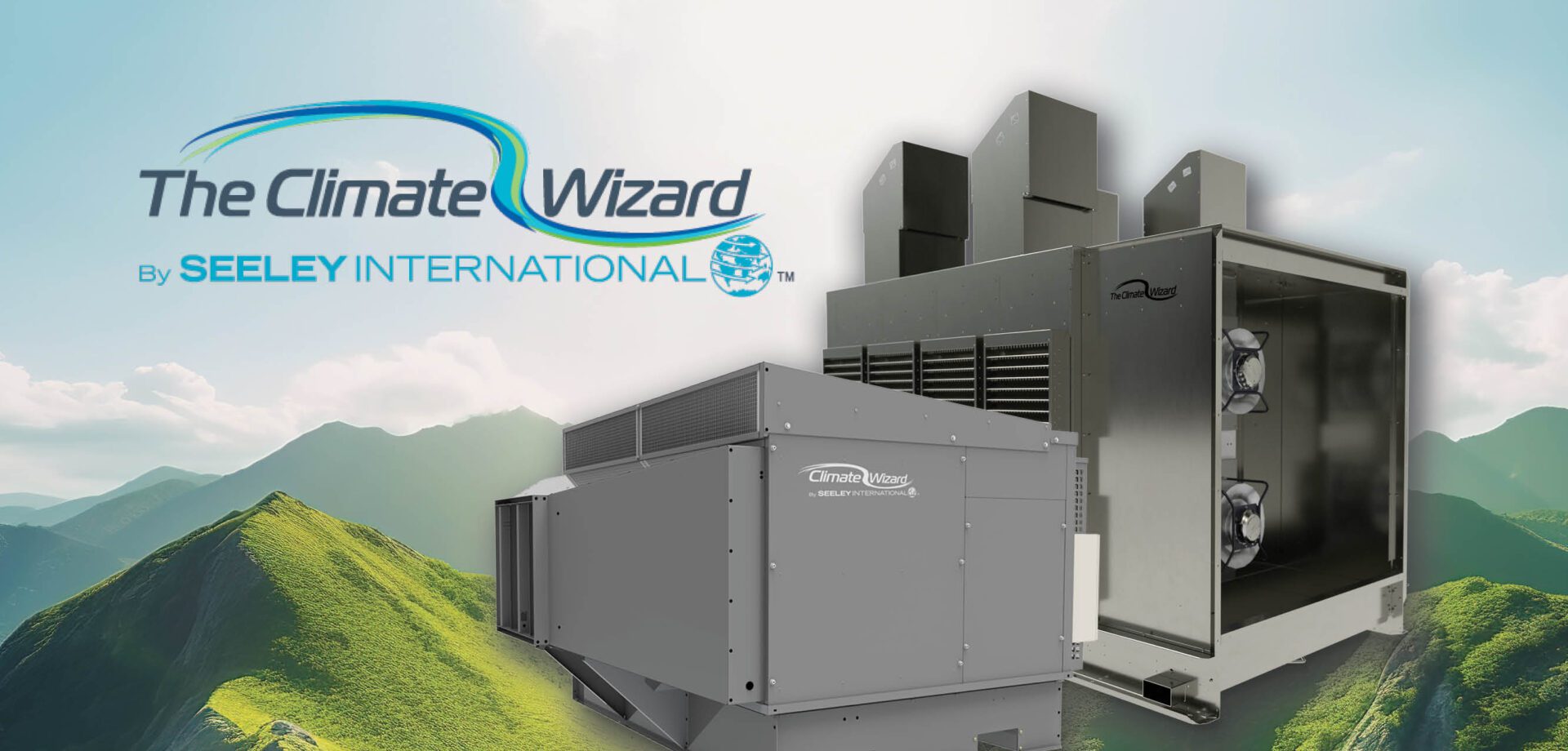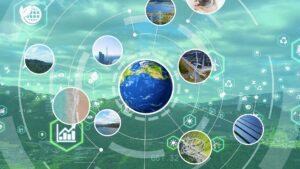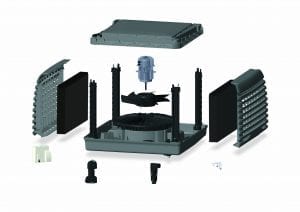Cop28 and the Global Cooling Pledge
- Australia, Europe, Asia, Africa, Americas
- Commercial
- Sustainability
In December of 2023, 63 nations and some 85,000 participants, including more than 150 Heads of State and Government, joined together in Dubai for the United Nations Climate Change Conference (COP28).
What is COP?
COP refers to the Conference of the Parties to the United Nations Framework Convention on Climate Change. The annual meeting is significant, with the first universal agreement on tackling the climate crisis agreed in 2015, known as The Paris Agreement. This agreement outlines and mobilises the universal effort to limit global warming to 1.5°C, requiring parties to submit national plans to reduce emissions and review these commitments every 5 years – known as the “Global Stocktake”. The next round of climate action plans are due in 2025.
The Global Cooling Pledge
The Global Cooling Pledge is an initiative of the United Arab Emirates and is one of nine non-negotiated declarations, pledges, and charters that constitute key outcomes for the COP28 Presidential Action Agenda. This marks the first concerted global effort to significantly reduce emissions associated with cooling – including refrigeration and air conditioning.
On current growth trends, cooling equipment represents 20% of total electricity consumption today1. The pledge aims to raise ambition and international cooperation through collective global targets to reduce cooling related emissions by 68% from today by 2050. This equates to nearly 3.8 billion tons of CO2, achieved through the reduction of usage of refrigerant gases and reduction in electrical consumption (energy efficiency).
Cooling and energy efficiency
Cooling demand is growing rapidly and, without any further action, is predicted to triple by 20502, doubling electricity consumption. To avoid this future, the Global Cooling Watch Report “Keeping it Chill: How to meet cooling demands while cutting emissions”3 lays out measures for sustainable cooling in three key areas:
- Passive and nature-based cooling (greening cities, natural shading, good insulation, cool roofs, ventilation)
- Higher energy efficiency standards, minimum energy performance standards and labelling
- Faster phase down of climate-warming refrigerants used in the cooling industry
To visit the official COP28 website, click here.
Higher efficiency standards and better labelling of all cooling equipment would triple the global average efficiency of cooling equipment in 2050 from today’s levels.1
Evaporative cooling and the Global Cooling Pledge
Thanks to its green credentials, energy efficiency and no chemical refrigerants, direct and indirect evaporative cooling is the perfect technology to contribute to the fight against climate change.
Let’s explore why:
Energy efficiency: One of the primary advantages of evaporative cooling is its remarkable energy efficiency. Unlike traditional air conditioning systems that rely on energy-intensive refrigeration cycles, evaporative coolers use a simple process that harnesses the cooling power of water evaporation. This translates into drastically lower energy consumption, making it an eco-friendly and cost-effective alternative.
Performance: Evaporative cooling’s performance increases when the heat is at its highest. This is when conventional air conditioning equipment tends to fail or consume vastly more energy. The Coefficient of Performance (COP) of evaporative cooling equipment instead, remains constant even during peak times, delivering up to 80% energy savings over conventional systems performing the same duty.
No chemicals: As concerns about climate change and environmental sustainability grow, the need for eco-friendly cooling solutions becomes paramount. Evaporative cooling fits the bill perfectly, as it utilises water as the main cooling agent and doesn’t rely on harmful refrigerants that contribute to ozone layer depletion or global warming.
Responsible water usage: Seeley International evaporative coolers utilize a comprehensive water management system, including continuous quality monitoring and automatic draining. Read our blog on water stewardship.
Indoor air quality: Supplying a constant stream of cool, filtered outside air into the space underpins the fresh air requirements of any building design, supporting wellbeing and productivity in commercial spaces. Learn more here.
Ventilation: Evaporative coolers replace the stale air throughout the building, pushing it out through open windows and doors.
Flexible installations: New, or can be retrofitted to an existing system: Without adding humidity to the supply air into the space, Climate Wizard innovative & unique M-cycle (indirect) evaporative cooling technology can be used:
- In pre-cooling applications, to cool the fresh air portion of a conventional system. This way, it can boost efficiency of energy-intensive cooling systems.
- In supplementary cooling, to bring pre-cooled fresh air into a building where the A/C system only acts on the indoor air.
Evaporative cooling emerges as a breath of fresh air in the world of cooling technologies, offering a compelling array of advantages ranging from energy efficiency and cost-effectiveness to environmental friendliness and improved indoor air quality and associated health benefits. It addresses the three key areas for sustainable measures as outlined by the Global Cooling Watch Report.
As we continue to seek sustainable solutions in a rapidly changing climate, the time-tested principles of evaporative cooling prove that sometimes, the best answers lie in working harmoniously with nature.
Around the world: Responses and articles regarding COP28
Australia – National Statement for COP28
America – U.S. Department of State key links
Europe – Council of the European Union, Climate Change Policies and press releases
United Kingdom – House of Commons Library, COP28
Asia Pacific – Economic and Social Commission for Asia and the Pacific “ESCAP at COP28”

Learn more about indirect evaporative cooling:
For more information on Indirect evaporative cooling technology, click here.
To watch a video on how indirect evaporative cooling works, visit our youtube channels:
EuropeAustralia

Sources:
1.https://www.cop28.com/en/news/2023/12/Key-measures-could-slash-predicted-2050-emissions-from-cooling-sector
2.https://unfccc.int/event/unep-launch-of-global-cooling-pledge-and-global-cooling-watch-report-keeping-it-chill-how-to-meet (14:10)
3.https://www.unep.org/resources/global-cooling-watch-2023



